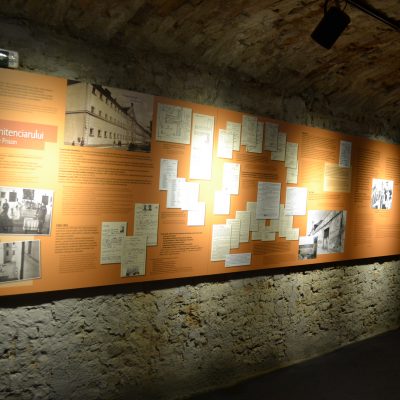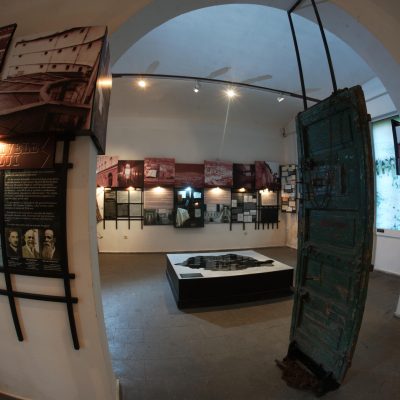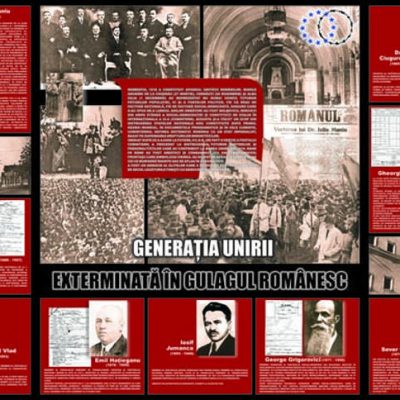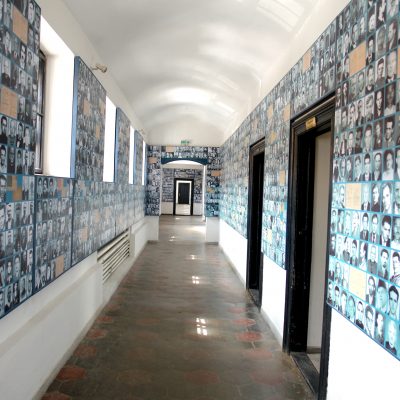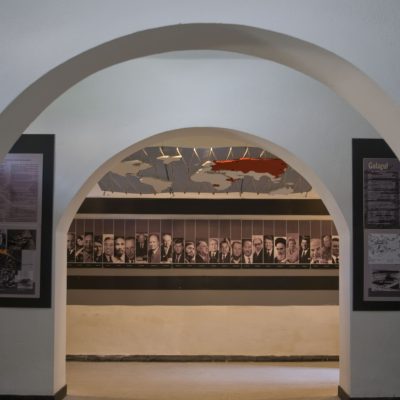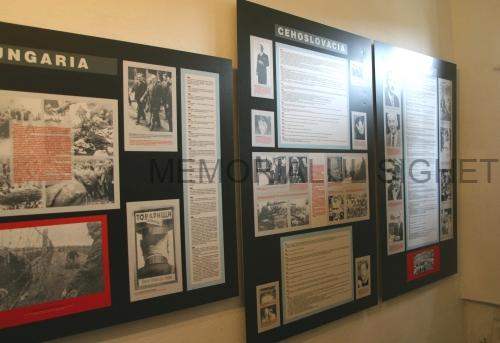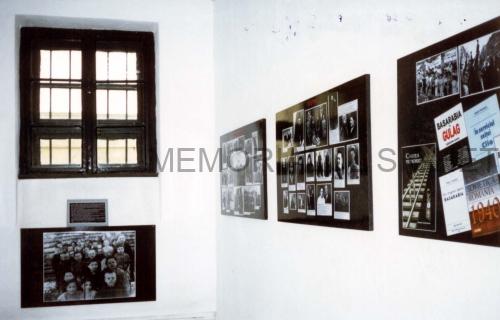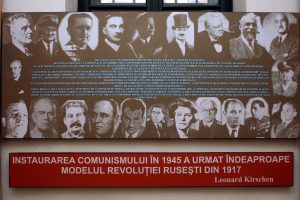 In 1945 Romania was swallowed up by the Soviet empire for the next at least two decades. The decision had been dictated by Moscow in October 1944, when Stalin and Churchill set down on paper their spheres of influence.
In 1945 Romania was swallowed up by the Soviet empire for the next at least two decades. The decision had been dictated by Moscow in October 1944, when Stalin and Churchill set down on paper their spheres of influence.
At that time northern Transylvania had not yet been fully liberated. When complete liberation came on 25 October 1944, its administration was monopolised by the Red Army. The Yalta conference merely confirmed the status quo. As if the coup d’état led by King Michael on 23 August 1944 was not enough in itself, it stopped the Soviets from occupying Romania using military means. The Soviets nonetheless declared themselves “liberators” and installed their own government in Bucharest. Generals Susaikov and Vinogradov, Vice-Admiral Bogdenko, and adviser Dangulov, hand in hand with “Muscovites” Ana Pauker, Vasile Luca and Emil Bodnăraș, controlled the country from behind the scenes and made the retrocession of Transylvania conditional upon the deposal of the Rădescu government and the suppression of the National Peasant Party and National Liberal Party, headed by Maniu and Brătianu respectively. Despite protests of British and American diplomats, military staff, journalists and observers, the sinister Vyshinsky replaced Rădescu’s government with one led by Petru Groza, the so-called “democratic concentration”.
The Royal Strike, commenced by Michael I after the Potsdam Conference, lasted four and a half months. In December 1945, a conference of Allied ministers held in Moscow decided to agree to the Groza government, on the condition that it coopted a Peasant Party and a Liberal minister. The crypto-communist government was supposed to organise free and fair elections. These did not take place until 19 November 1946 and were massively rigged, leaving the country in the grip of the communists for four and a half decades.
posted in: Ground Floor


